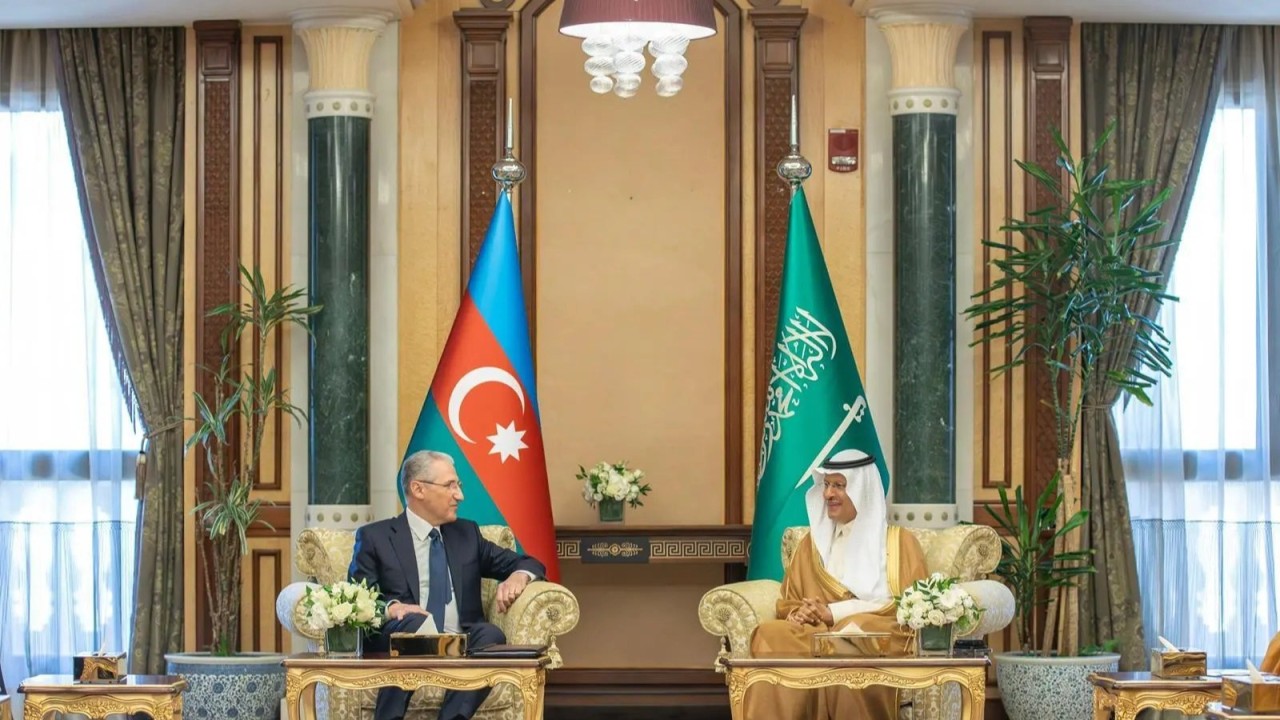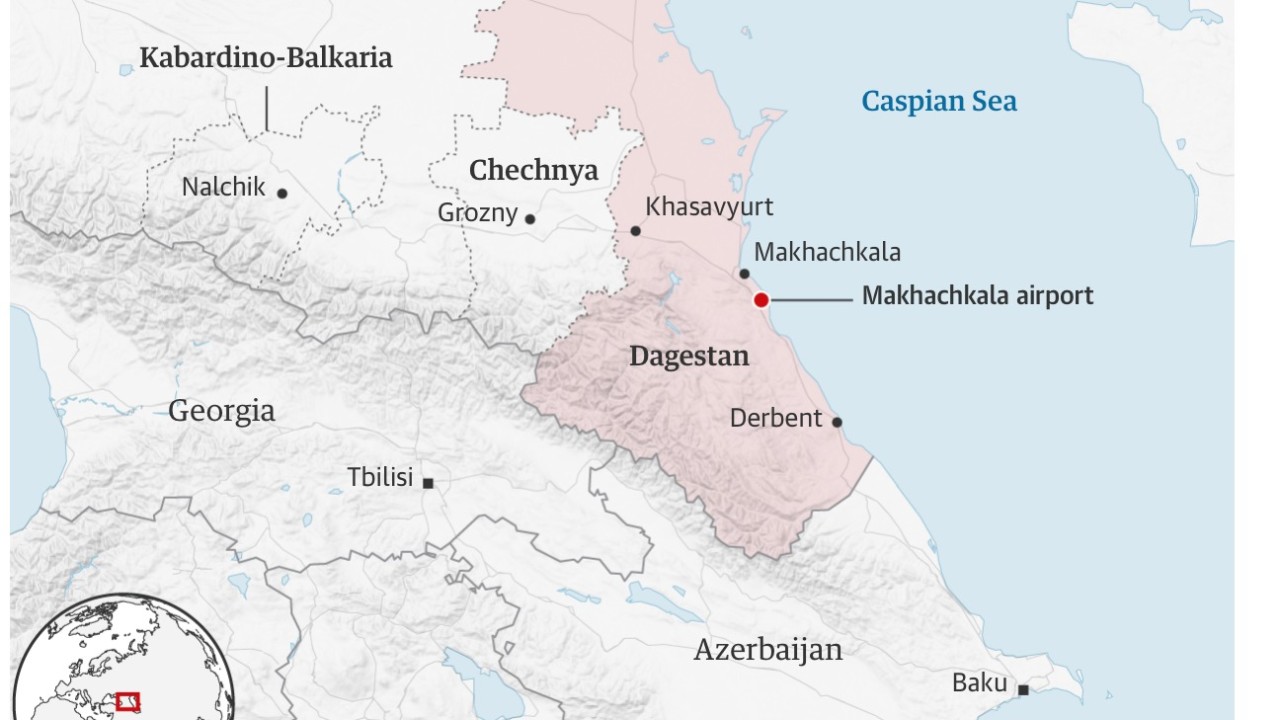Neil Hauer
Following the 2020 Second Karabakh War, Azerbaijan has occupied swathes of Armenian territory, particularly in Syunik. With the perennial threat of war hanging over the province (and sometimes realized, as in September 2022), there have been concerns that insecurity could drive the residents of the province to migrate, seeking less vulnerable areas deeper inside Armenia or elsewhere. While these fears are not unfounded, ISA��s interviews with residents and officials across Syunik indicate that they are largely not playing out. With the exception of a few particularly isolated villages, there is no indication that Syunik is experiencing out-migration.
One of the most striking examples of Syunik’s resiliency is Meghri municipality. As detailed in a recent article, the main population centers in the municipality (Meghri itself, Agarak, and Lehvaz) have plentiful job opportunities, so much so that some locals even described employment-driven migration to their towns from other parts of Armenia. Major infrastructure projects and growing international trade are also bolstering the confidence of residents.
Another resilient community is that of Syunik’s largest city, Kapan. With over 40,000 inhabitants, Kapan is Armenia’s fifth-largest city and hosts over one-quarter of Syunik province’s total population. It has also found itself particularly vulnerable since the end of the 2020 war: the Azerbaijani border lies just across the Voghji river that runs through and then past the city, with Azerbaijani flags and military positions visible from Kapan itself.
Despite concerns around Azerbaijani aggression, Kapan is benefiting from extensive development works and the local population is not looking to leave the city. Edgar Martirosyan, an official in Syunik’s provincial administration, described extensive federal government funding for projects in Kapan. “The government is funding SMEs (small and medium enterprises), tourism, agriculture, infrastructure – lots of projects in all spheres, really,” Martirosyan said. A publicly available app has also been launched by the Armenian government where individuals can apply for grants to fund or launch small businesses. Roads in Kapan city are undergoing major renovation, with crews paving and widening roads at the city’s entrance as part of a major overhaul that also includes burying electrical cables under them. In the province more broadly, government projects include the construction of 40 new schools across Syunik and the construction of a $5 million new medical center in Sisian. Martirosyan assessed the federal government’s interactions with Syunik province positively, saying that, “everything we have expressed concerns about is being addressed – people and the government in Yerevan listen to us.”
Non-official sources largely corroborated the optimistic and resilient views expressed by Martirosyan. Alexander Grigoryan, a journalist at the local channel Zangezur TV, gave remarks emblematic of those heard from other Kapan residents. According to Grigoryan, Kapan is “a quality city and developing quickly,” something largely owed to the robust mining industry located in the city and its environs. He also touted the region’s abundant employment opportunities, echoing the residents of Agarak in stating that “you can always find work here [in Kapan].” Grigoryan stated that there was no out-migration occurring in Kapan beyond the standard flow of some students and young adults seeking greater opportunities in Yerevan and beyond. Responding to concerns about security owing to the newfound proximity of Azerbaijani forces, Grigoryan responded by showing a video of Azerbaijani shelling hitting Kapan city in 1992, at the peak of the First Karabakh War. He stated that even that situation had not driven Kapan’s residents to emigrate, before adding that, in the event of renewed hostility against the city, Kapan’s citizens would be more than capable of defending themselves and bringing the fight to the enemy once again. Grigoryan emphasized this point several times: “I’ll say again, we are totally calm here [in Kapan]. There is nothing at all to be said about some sort of panic here.”
There are a few border villages in particularly challenging security situations where local residents have an understandably less positive view. Likely the most precarious of these villages is Nerkin Hand, located roughly 20 kilometers south of Kapan. During the September 2022 military offensive, Azerbaijani troops advanced 1.5km into Armenian territory in the vicinity of the village, leaving them in control of heights to both its north and west (as well as the low ground due east of the village). They have since used that time to occasionally shell and fire at both Armenian military positions and civilian houses in the village, as on February 13, when Azerbaijani fire killed four Yerkrapah volunteers on Nerkin Hand’s outskirts.
There has been a clear decline in the village’s population since September 2022, evidenced by the large number of houses which were locked and empty around the village. As a result of losing agricultural opportunities due to the Azeri advance, most of the remaining villagers now work in Kapan, with a bus that takes them to and from the city. The bus’s arrival from Kapan during ISA’s visit to Nerkin Hand also suggested significant outmigration from the village: only ten people were on it, a much smaller number of the working population than would be expected from a village whose population was reported as 78 in 2010. The village’s mayor, Khachatur Baghdasaryan, described the severe losses suffered in the past two years: all of the village’s drinking water and grazing fields are now under Azerbaijani control. The villagers had been forced to slaughter all of their cows and larger animals, as they no longer had fields to support them, and the animals continued to wander over to the Azerbaijani side – a massive blow to local livelihoods. Baghdasaryan said two US organizations had helped the villagers with animal feed for chicken and other smaller animals, and that the Armenian government had built replacement pipes to restore water access. The poor security situation overshadows everything else, however, as indicated by one local man, Artur. Artur had sent his three children to live in Kapan, and he himself only returned to the village to help his elderly father. Asked about the security situation, Artur simply laughed and asked sarcastically, “what security?” He stated that unless the enemy retreated to their positions from before September 2022, there would be little hope for the village’s future.
The village of Chakaten, about five kilometers south of Kapan, is also in a difficult position. Azerbaijan’s seizure of the M2 highway has disrupted Chakaten’s connection to Kapan. While a new road is now active, Azerbaijani forces are stationed nearby and have previously targeted it with gunfire. Nver, a 30-year old resident of Chakaten, continues to inhabit the village with his wife and two young children. “We are still working in the fields here, but it’s scary, with [the Azerbaijanis] nearby,” Nver said. He said the situation in the village had changed immediately following the 2020 war, with the Azerbaijanis moving into positions nearby, leaving “some fields right under enemy eyes.” Nver said that the village had received no help from either the Armenian government or international community in addressing their needs, such as replacing the village’s farming equipment, all of which was 40 to 50 years old. The village’s school still functions, but with just eight students. Despite the difficult situation, Nver said he was not thinking about leaving the village. “There is no point in doing this,” he said. “If we leave this village, then people will leave the next village, and then the next – we can’t have this,” he said.
Another isolated border community ISA visited was the village of Ditsmayri, just two kilometers east of the entrance to Kapan city. Ditsmayri had 165 inhabitants as of 2011. The village is flanked by a Russian outpost, as well as an Azerbaijani position directly across the border. Lyosha, a local resident, said that the Red Cross had visited the village and distributed aid, including 700,000 dram (about $1,800) to a man who sometimes worked for him to fix his tractor. Lyosha, who had previously worked in Moscow, nevertheless had harsh words for Russia and its local border guards, describing Vladimir Putin as “selling out Armenia to Erdogan via Aliyev, using us and then planning a second genocide.” Despite deep-seated concerns, Lyosha admitted that the situation in the village was largely calm and attended to by local and international actors.
While the socioeconomic situation in Syunik is complex, there is not widespread panic over security issues in the region. Locals are well aware of their precarious geopolitical position and are vigilant. But this is also nothing new for them – Syunik was on the frontlines of the conflict in the early 1990s and has contributed significant manpower to the Armenian war effort. There is often the feeling that nearly every military-aged man in the province is a combat veteran in at least one round of fighting with Azerbaijan, and many local men continue to serve in a volunteer or reservist capacity even after completing their military service. It is telling that the only location in which there were active signs of depopulation (and locals who said as much) was Nerkin Hand – a village surrounded on three sides by the Azerbaijani military. Otherwise, one gets the sense that it will take much more than proximate Azerbaijani positions to induce out-migration among the resilient population of Syunik.



